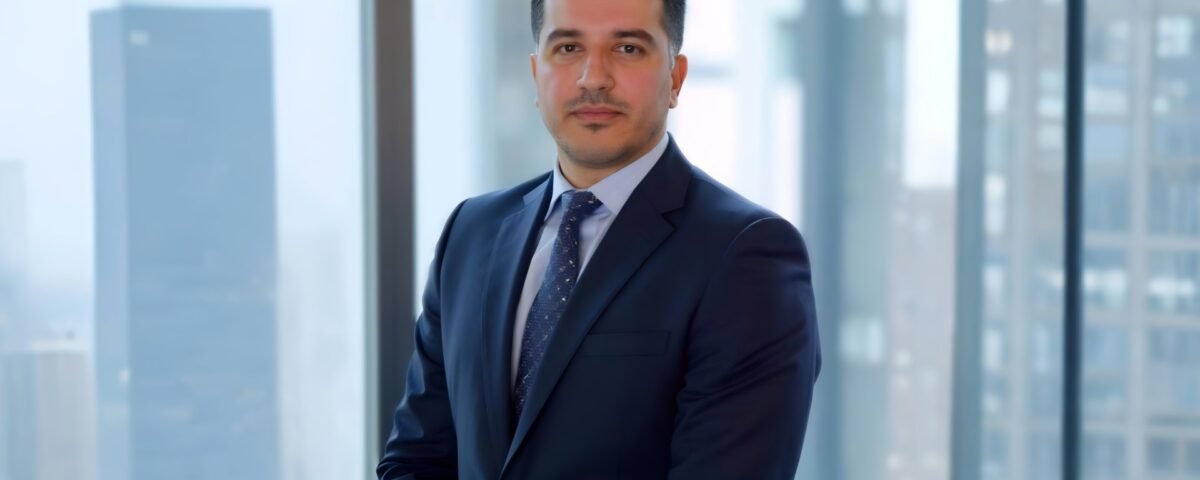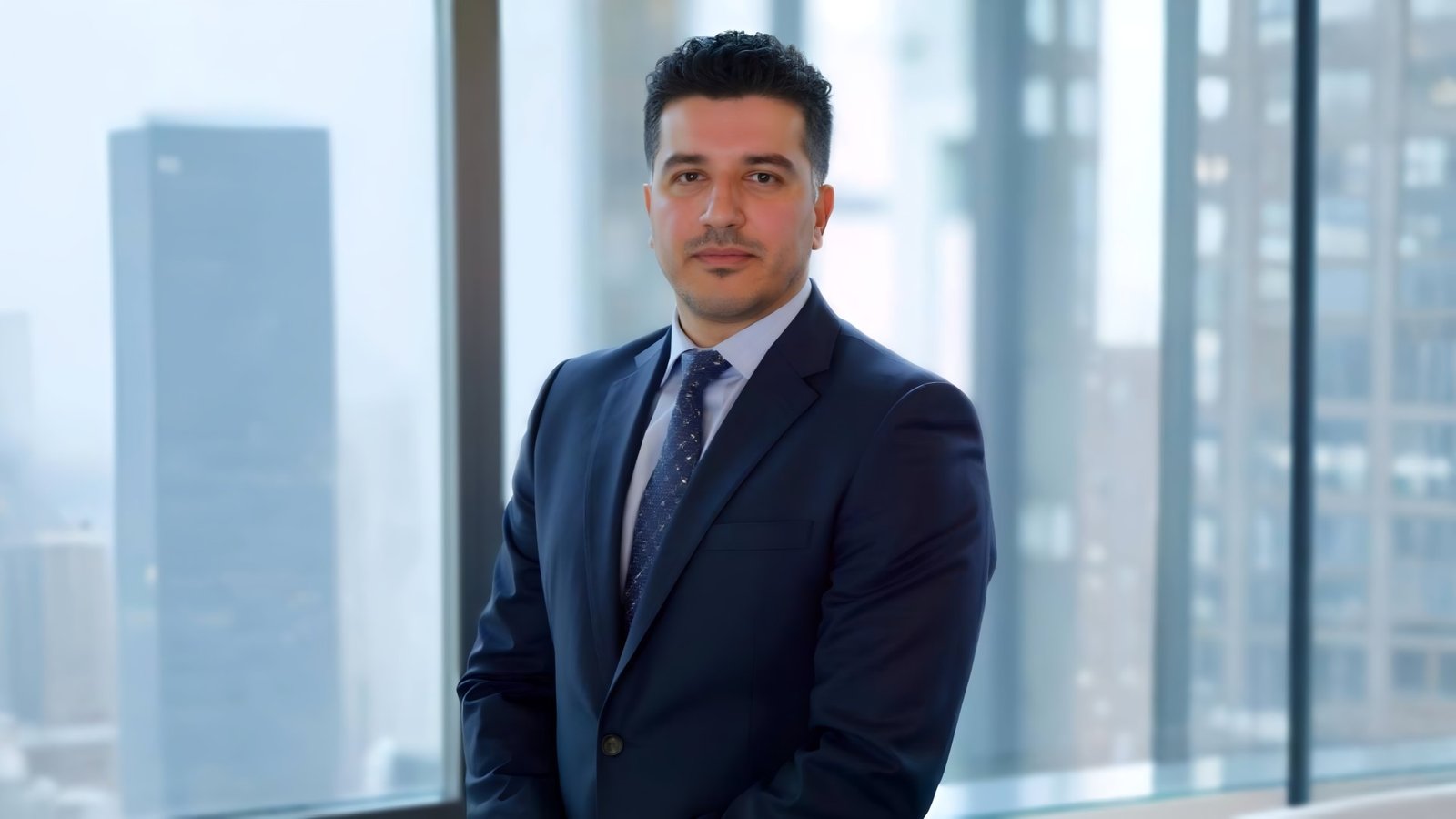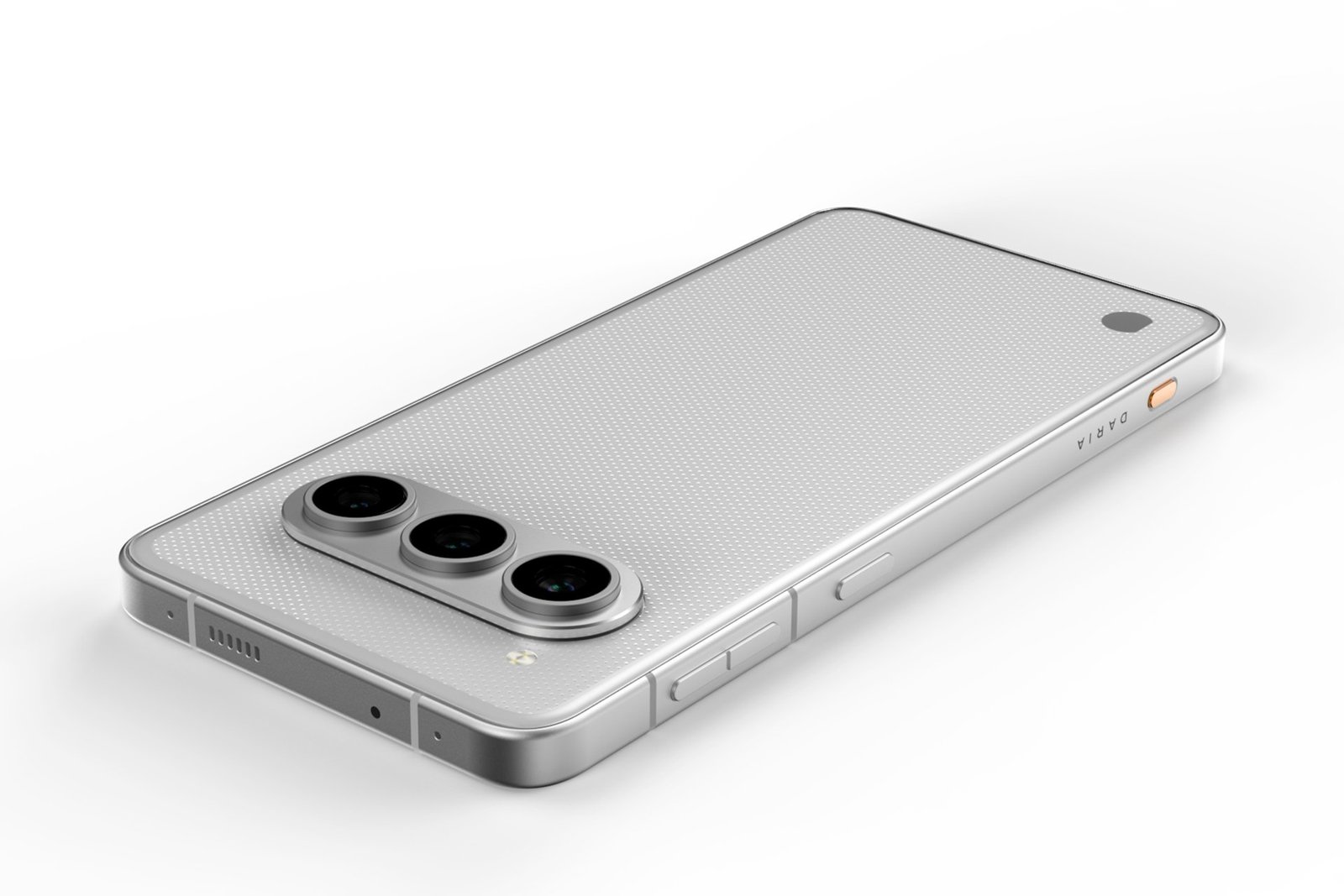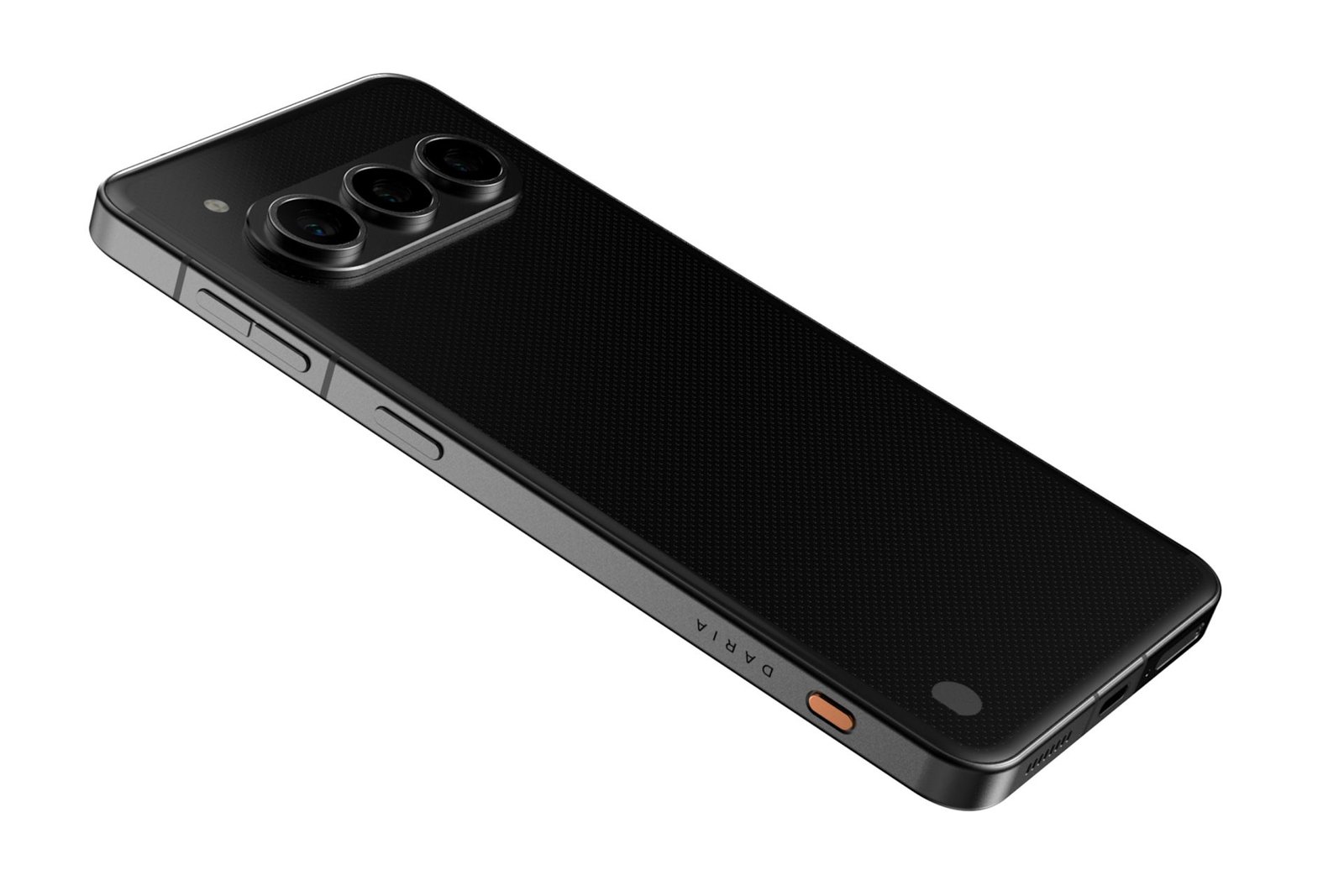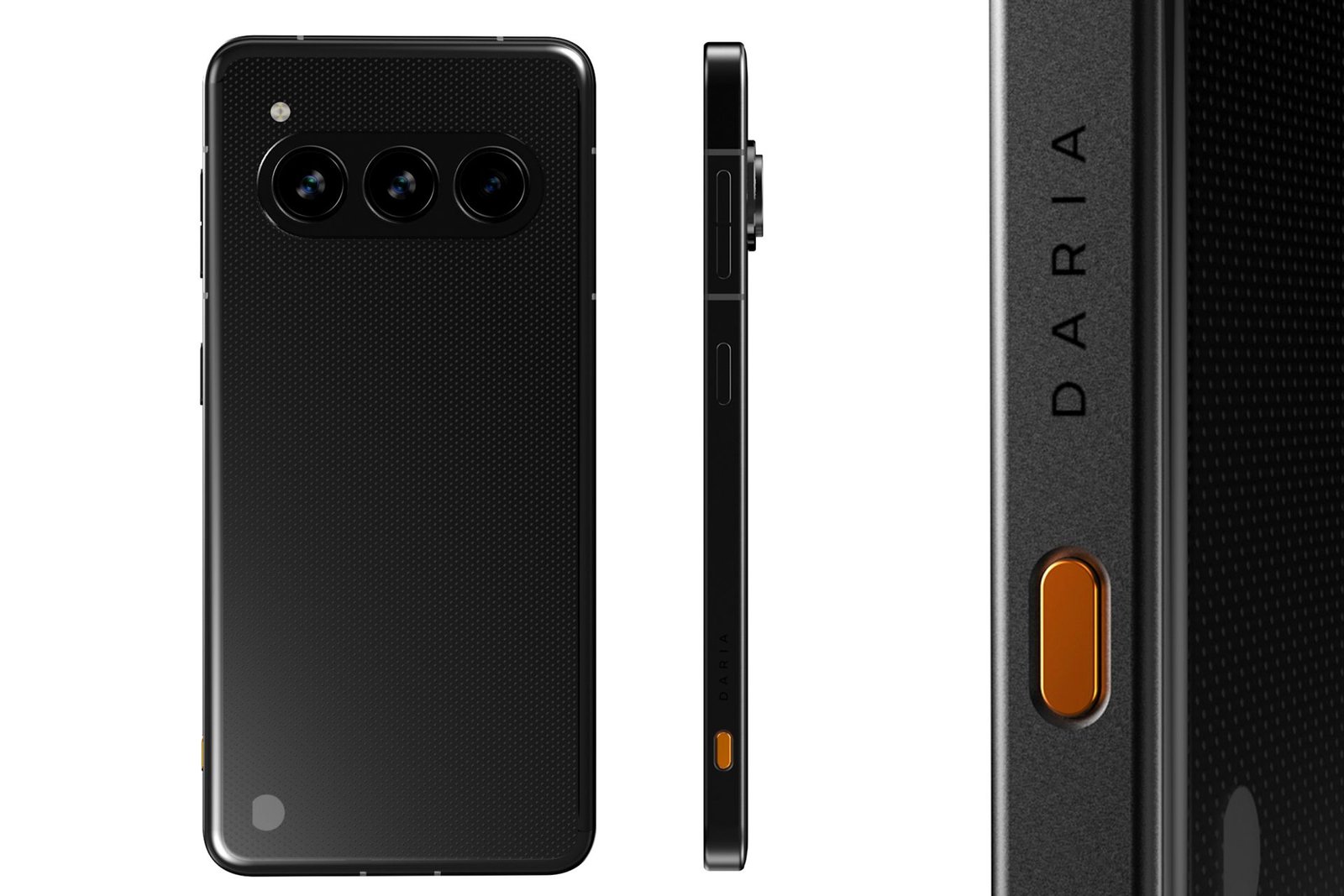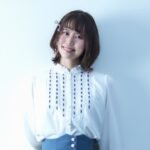
Giving Voice to Atmosphere: The Global Voice of Haru Yosano
July 7, 2025
Why Good Design Should Feel Effortless – Eddie Maestri Reflects on His Process
July 7, 2025Pooya Zonooz
Pooya Zonooz is the Chief Product Officer at Multi Ways Intl., where he merges a technical background with a deep commitment to user-centered design. He led the development of Daria bond II by focusing on seamless functionality and intuitive experience—proving that great design is as much about how it works as how it looks.
Thank you, it’s really exciting to see Daria bond II getting this kind of recognition. I’m Pooya Zonooz, Chief Product Officer at Multi Ways Intl., based in the UAE. I come from a technical and engineering background, so I didn’t originally set out to work in design in the traditional sense. But over the years, I realized how central design is to build a product that people actually enjoy using.
What drew me in was the challenge of making complex technology feel simple and natural. It’s not just about how something looks—it’s about how it works, how it responds, how it fits into someone’s life. I’ve always believed that design should serve the user first, and that’s been a core part of how we approached Daria bond II from day one.
Winning the award has definitely brought a new level of attention to both the product and the team behind it. Internally, it gave everyone a boost—we’ve always believed in what we were building, but having that belief recognized by others just adds more energy and confidence to what we do next.
It’s also opened a few doors in terms of new partnerships and conversations we might not have had otherwise. People are more curious now—they want to know what’s different about Daria bond II, what our approach was, and where we’re headed next. From a career perspective, it’s been a great reminder that focusing on quality and user experience does get noticed, even in a competitive space like smartphones.
Experimentation plays a big role for us, especially because we’re trying to blend advanced technology with a user experience that feels simple and refined. A lot of our process is built around trying things, seeing what works in real life, and not being afraid to scrap ideas that don’t feel right, even if they looked good on paper.
With Daria bond II, one example was the placement and design of the antenna bands. It seems like a small detail, but it affected both the performance and the visual feel of the phone. We went through several iterations—some looked great but interfered with signal strength, others worked well technically but broke the visual flow.
It took a lot of back-and-forth between design and engineering before we found the right balance. That kind of trial and error is where a lot of the final polish really comes from.
One of the more unexpected sources of inspiration for Daria bond II came from paintings and objects I saw in museums and galleries. I’ve always been drawn to the way certain pieces are displayed—with lighting, framing, and placement that make you feel like you're looking at something rare or valuable. That experience stayed with me.
It actually played a big role in how we approached the decorative layer behind the transparent glass back of the phone. We wanted to give users that same sense—that there’s something luxurious and carefully crafted inside, not just a collection of components. It’s a subtle detail, but it changes how people perceive the product. Instead of just seeing a phone, they see something with depth and intention, almost like a functional piece of art.
I think a lot of people still see design as just the visual part—colors, shapes, the way something looks. But real design goes much deeper than that. It’s about problem-solving, decision-making, and constantly thinking about how something will be used, not just how it will appear.
In our case, with Daria bond II, every design decision had to balance aesthetics, functionality, and performance. That means the process involves a lot of back-and-forth, trade-offs, and iteration. It’s rarely a straight line. Sometimes you make a change for technical reasons, and it impacts the look; other times, a visual choice pushes you to rethink the engineering.
What I wish more people understood is that good design is usually invisible—it just feels right. But getting to that point takes time, effort, and a lot of small decisions that most people never see.
It’s definitely a balancing act. On one hand, you need to listen carefully to what clients and users want—after all, they’re the ones using the product. But at the same time, part of our job is to bring something they didn’t expect, something they might not have asked for, but ends up making the experience better.
With Daria bond II, we had strong ideas about what we wanted to achieve, especially when it came to the materials, form factor, and overall feel of the phone. Some of those ideas pushed beyond what people might expect from a phone in our category. But we stuck with them because we believed in the long-term value they would bring.
There were definitely some tough moments during the development of Daria bond II. One of the biggest challenges was the transparent glass back with the decorative layer underneath. It was a key part of the design vision, but getting it to work in real life was harder than we expected. We had to think about durability, heat management, wireless charging—it all gets more complicated when you’re working with materials that aren’t standard.
We went through several rounds of prototyping. Some looked great but didn’t hold up in testing. Others worked technically but didn’t give us the look and feel we wanted. It was frustrating at times, honestly. But we just kept going—trying new approaches, getting feedback, adjusting.
What helped most was having a team that didn’t give up. Everyone was committed to getting it right, even if it meant more late nights or scrapping earlier ideas. In the end, I think the challenges actually pushed us to come up with a better solution than what we started with.
As a team, when we hit a creative block, the first thing we try to do is step back. We’ve learned that sitting in the same room, staring at the same problem for hours, doesn’t usually help. Sometimes we take a break and shift focus—go look at things outside our industry, like art, architecture, or even product displays in museums. Those environments give us new ideas and help us think differently.
We also talk things out a lot. Just having open, casual discussions—without pressure—can lead to a breakthrough. Even disagreements help, because they push us to explain our thinking more clearly or see things from a new angle. The main thing is to keep the process moving without forcing it.
Creativity doesn’t always follow a straight line, so we’ve built a team culture where stepping away, exploring, and even failing a few times is part of how we get to the right idea.
One value I always bring into the design process is practicality. No matter how beautiful or unique a design is, if it doesn’t work well in everyday use, then it’s not complete. That’s something I’ve carried with me from the start, especially coming from a technical background.
With Daria bond II, we paid a lot of attention to how people actually use their phones—how it feels in the hand, how intuitive the layout is, how it holds up over time. Every detail, from materials to UI flow, had to make sense in real-world use. It’s easy to get carried away with ideas that look great in a render, but we always bring it back to: will this make someone’s experience better, simpler, or more comfortable?
That mindset helped us make design decisions that weren’t just about standing out, but about lasting value.
One piece of advice I’d give is: don’t design just to impress—design to solve. It’s easy to get caught up in making something look unique or different, but real success comes when your design actually improves someone’s experience.
Also, stay open to feedback, especially from people outside of design. Some of the best insights come from engineers, users, or even people who just see things from a different angle. Collaboration is where great ideas really get refined.
If I had the chance, I’d love to collaborate with Dieter Rams. His approach to design—especially his focus on simplicity, clarity, and functionality—has had a big influence on how I think about product development. He always designed with purpose, and his work proves that practical solutions can also be beautiful.
What I really respect is how consistent his philosophy was: “Less, but better.” That mindset lines up closely with how we approached Daria bond II. We didn’t want to add features or design elements just for the sake of it—we wanted everything to have a reason to exist. I think working with someone like Rams, who understood the value of restraint and precision, would have been an incredible learning experience.
I wish more people would ask, “What did you have to let go of to make the final product what it is?” Because that’s actually one of the hardest parts of the process—deciding what not to include.
With Daria bond II, there were several ideas and features we were excited about early on, but as we moved forward, we realized they didn’t align with the core experience we were trying to create. Letting go of those things wasn’t easy, especially after investing time and energy into them. But making those decisions is what kept the product focused, clean, and practical, which is what we value most.
Sometimes what you leave out says just as much as what you include.
Winning Entry
Daria bond II | 2025 NY Product Design Awards
To achieve democratized access to smartphones, Daria bond II, as part of the Daria ecosystem, is designed to reduce inequalities and promote inclusivity for our target audience in West Asia and North Africa (MENA). It provides users with a reliable and secure interface to participate in the... (read more here)
Pooya Zonooz
Pooya Zonooz is the Chief Product Officer at Multi Ways Intl., where he merges a technical background with a deep commitment to user-centered design. He led the development of Daria bond II by focusing on seamless functionality and intuitive experience—proving that great design is as much about how it works as how it looks.
Read about The Founders of TechHerAI on Empowering the Next Generation of Women in STEM here.

